The spatial extent of the World Heritage Area has not changed. However, the Reef is being increasingly exposed to broadscale impacts that are affecting it at a regional level. Human-induced climate change continues to challenge the integrity of the World Heritage Area and its size is becoming a less effective buffer against global impacts. Without additional national and global action on the greatest threats to the Reef through this critical decade and beyond,182,1100 the protective capacity of size as a buffer will continue to be eroded by persistent and broadscale impacts on the Region and adjacent areas. The effectiveness of local and regional scale management actions is ultimately determined by the success of actions to address external influencing factors (for example, climate change).
The size of the World Heritage Area is becoming a less effective buffer against global impacts
Safeguarding mechanisms for the World Heritage Area are generally good, despite some decline since 2019 in how effectively external factors influencing the Region are managed. World heritage attributes in good condition at a Region-wide scale include the geographical scale and extent of the property, more than half the ecosystem processes, most habitats (noting large knowledge gaps exist for many habitats) and a range of species components.
The property's outstanding universal value remains whole and intact, but the condition of many elements that make up the four natural world heritage criteria continues to be a concern:
- The beauty of underwater seascapes (criterion vii) endures, as evidenced by very high proportion of survey respondents rating the aesthetic beauty of Reef as outstanding (Section 4.5.2). However, the longer-term trajectory is one of decline, as key habitats and species, such as reef-building corals, are increasingly exposed to cumulative impacts.
- Structures of biological origin important to major stages of the Earth’s evolutionary history (criterion viii) (Section 4.2.3), including the structural components of coral reefs and Halimeda bioherms, are generally more resilient than the living ecosystems they support. Nevertheless, incremental declines in reef-building processes, along with an increasing disturbance regime, will increase pressure on the geomorphological integrity of these structures.
- More than one-third of the ecosystem processes assessed (criterion ix) are in poor to very poor condition (Chapter 3), including several critical processes essential for whole-of-system functioning (recruitment, symbiosis and reef building).
- Coral reefs, the most iconic of the Region’s habitats, support a high diversity of species, including species of conservation concern (criterion x). They are in poor (borderline good) condition overall (Chapter 2) and are at immediate threat from climate change (Section 6.3.2). Marine turtles are in poor condition overall, and many populations show declining trends.
Historically, protection and management of the Reef was generally considered to be effective in protecting the World Heritage Area.2159 However, the Great Barrier Reef World Heritage Area, like other world heritage properties globally, is increasingly affected by anthropogenic climate change. Australia and many other countries will find it increasingly challenging to deliver effective protection and management for their world heritage-listed properties.

To combat the deterioration of the Reef’s outstanding universal value, its managers, Traditional Owners and stakeholders are increasingly intervening where the condition of critical habitats or species can be improved (Chapter 8). The most significant interventions have been the successful culling of crown-of-thorns starfish and interventions on islands, where active conservation actions have protected critical nesting habitats for vulnerable species and restored ecosystems. Novel interventions to support resilience continue to be explored.
While understanding of the Region’s heritage values (natural, Indigenous and historic heritage values) remains far from comprehensive, filling key gaps remains a priority under the Reef 2050 Long-Term Sustainability Plan (Reef 2050 Plan).1414 Building on previous efforts, heritage values continue to be better defined, including social, aesthetic, geomorphological attributes and Indigenous heritage values (Chapter 4). A deep understanding of the resilience and adaptation of ecosystem and heritage values in the face of climate change and cumulative pressures should remain a key focus to inform adaptive management.


